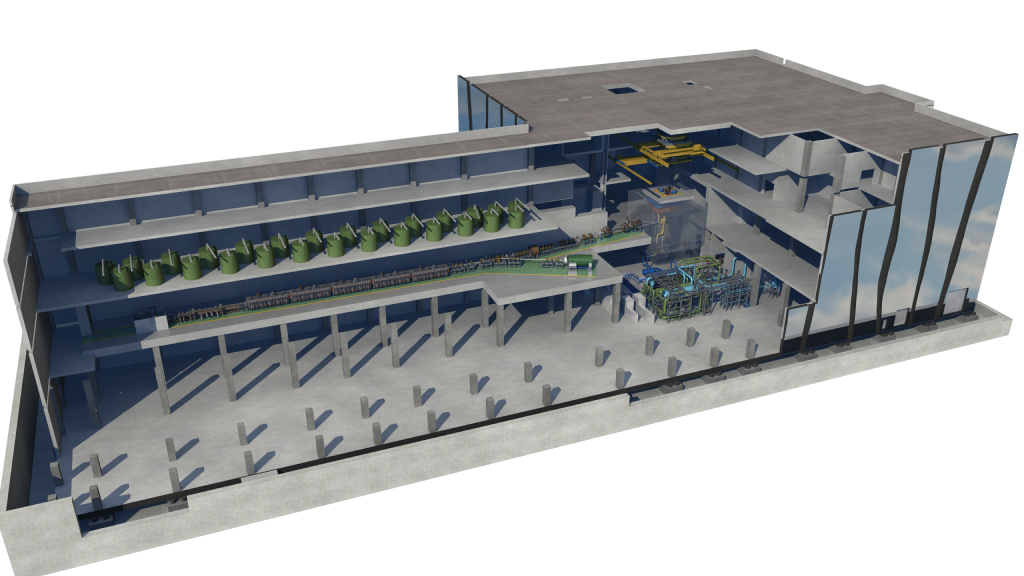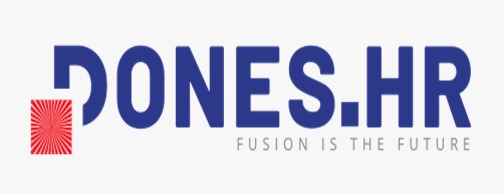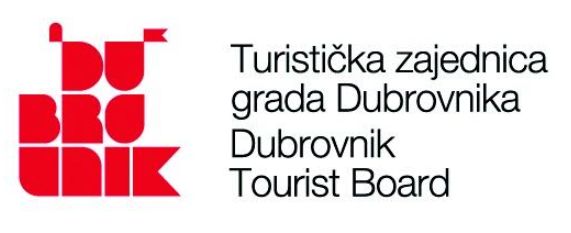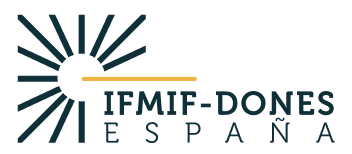IFMIF-DONES in-depth aims to give students a clear picture of what IFMIF-DONES is, the meaning and challenges of being a large scientific facility, its current status and future roles in fusion and complementary applications, as well as all the technologies involved or expected to be involved in the future.
The course delves into the DONES Programme, covering its various stages (IFMIF, IFMIF/EVEDA, IFMIF-DONES, and future IFMIF) along with mission, vision, and governing aspects. The focus on the IFMIF-DONES Facility (WPENS) includes an examination of its current status, planning, and the intricate handling of Post-Irradiation Examination (PIE) activities, along with the establishment of a Materials Database.
A crucial segment explores the characteristics and challenges inherent in large scientific facilities, drawing insights from the European Spallation Source (ESS) experience. R&D activities around DONES, including public-private collaborations on cutting-edge technologies, are presented in detail. The unique neutron source capabilities of IFMIF-DONES, covering fusion materials experiments, complementary fusion experiments, and non-fusion experiments, are emphasized. The course digs into Lithium Systems, highlighting the role of lithium in DONES, its impact on design, and the description of target systems, lithium loops, and associated labs.
The technological aspects extend to high-intensity linear RF accelerators, offering insights into particle accelerators, RF accelerator concepts, and a dedicated focus on the IFMIF-DONES accelerator. This includes its classification, components, challenges, and lessons learned from the LIPAc proto. Control systems for IFMIF-DONES are explored, providing an overview of their role in large research facilities.
The course broadens its scope to industry support, showcasing success stories from companies contributing to fusion and IFMIF-DONES. Private fusion experiments are examined, addressing the role of private companies, their objectives, and integration into the public fusion program. The session also contemplates the potential development of private or public-private demonstration plants.
We will also discuss the challenge of reaching a Fusion Pilot Plant, exploring the US Fusion Program, post-JET and NIF achievements, and the evolving landscape with private investments. The course concludes with a focus on IFMIF-DONES beyond tokamaks, discussing its role in future reactor design and managing intellectual and industrial property. The European Framework in Fusion Energy Research is presented, addressing the characteristics of Big Science projects and in-kind contributions. Following the success of the 2023 edition, the course remains dynamic, incorporating new topics for 2024.
Preliminary Program
Overview of DONES Programme (TBC)
Content: The DONES Programme (IFMIF, IFMIF/EVEDA, IFMIF-DONES, future IFMIF) Mission and Vision of the DONES Programme, Governing and in kind contributions of the Programme. The IFMIF-DONES Facility (WPENS). Current status and planning. Handling of PIE activities and setting of the Materials Database.
Characteristics and challenges of a Big Science Facility: Learned lessons from the ESS
Content: What a BS facility is? Main characteristics of IFMIF-DONES as a BS facility. Challenges of a BS facility. Learned lessons from the ESS (Governing issues, technical challenges, in kind contributions vs integration and commissioning, etc.)
R&D+I in DONES
Content: Overview on R&D activities around DONES, including examples of public-private collaboration on cutting edge technologies.
IFMIF-DONES: A unique neutron source with outstanding experimental capabilities (TBC)
Content: Availability of Neutrons and Deuterons for fusion materials experiments, complementary fusion experiments and non-fusion experiments. Description of the Test Cell and other experimental rooms. Diagnostics. Challenges. Irradiation modules, complementary experiments.
Lithium Systems
Content: Lithium in the BIG science and Fusion. The role of lithium in DONES. Lithium characteristics impacting design. Description of the Target Systems. Description of the lithium loop and other lithium based labs and prototypes. Diagnostics. Challenges.
Poster session + coffee
Content: All students and speakers are kindly invited to present their work in a poster to be shared with all the school participants. Companies will also introduce their capabilities and expected hiring processes. This is an open space were talent and talent acquisition will run together for a while
High intensity linear RF accelerators
Content: Introduction about particle accelerators, technologies and main concepts. Description of an RF accelerator. Examples of high intensity linear RF accelerators. Linear Accelerator for particle production vs Colliders vs Light sources. Concepts in particle accelerators (emittance, lattice, frequency, bunches, etc). Accelerators in the world (an overview).
IFMIF-DONES accelerator
Content: Classification of the IFMIF-DONES accelerator (Typology). Description of the IFMIF-DONES accelerator. Description of component (injector, cavities, RF, transport lines, diagnostics). Challenges. The LIPAc proto. Learned lessons from LIPAc (LIPAc records and achievements, governing, design, integration, commissioning). From LIPAc to DONES: taking advantage of the privilege of large prototyping.
Control systems for IFMIF-DONES (TBC)
Content: General overview about controls systems and its utilization in the IFMIF-DONES facility. First, we will explain the role of the control system for large research facilities describing the main elements and characteristics required.
Keynote: Getting to a Fusion Pilot Plant – The Challenge.
Content. The US Fusion Program. The new scenario after JET and NIF achievements and the race of private investment. Fusion materials in the US Fusion Program. Future role of a fusion neutron source like DONES.
Industry support to the Big Science
Content: This session is devoted to show several industry success stories around fusion and IFMIF-DONES. Each speaker would shortly introduce the company before the success story of their contribution to the fusion program and how this collaboration changed the company.
Private Fusion experiments
Content: Overview of the role of private companies in the Fusion Programme. Objectives, plans and expected results. How private fusion experiments could be integrated into the public fusion programme. How do private companies approach fusion materials research? What is the envisaged role of fusion neutron sources (AFNS, IFMIF-DONES, others) in relation to private experiments and programmes? A private or public-private demonstration plant: could this be a plausible approach?
IFMIF-DONES beyond the tokamaks
Content: This session aims to discuss in-depth the role of IFMIF-DONES in future reactor design beyond tokamaks and specifically beyond DEMO, including also private experiments. How to manage the intellectual and industrial property of IFMIF-DONES results outside the DEMO framework. Students are encouraged to participate in the debate.
European Framework in Fusion Energy Research
Content: Characteristics of Big Science projects. In kind contributions. The European Fusion Roadmap






